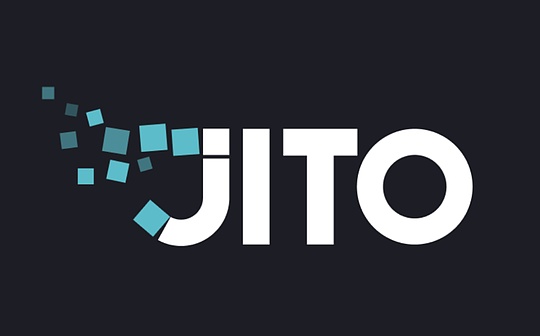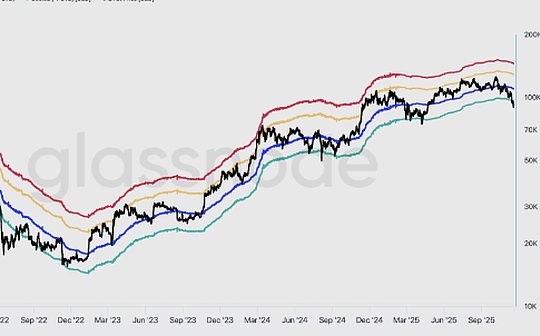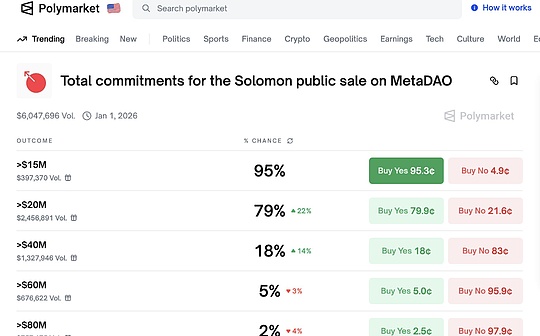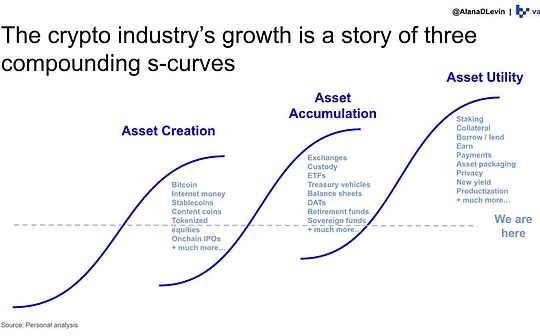
Author: NORTHSTAKE CEO Jesper Johansen, Blockworks; Compilation: Baishui, Bitchain Vision
Pledge is everywhere.
More and more service providers, banks, custodians, non-custodial pledge providers and agreements are providing a variety of pledge services – from re-staking to liquid pledges and pledged derivatives.
Pledge has truly become a force in cryptocurrencies, with a total market value reaching an all-time high of $350 billion.Institutional investors and financial institutions are finally beginning to understand the new business model and staking of blockchain — like we will soon see Ethereum staking ETFs from one of the Wall Street giants.
But with the popularity of pledges, institutional investors are accessing unlicensed pledge agreements, pledges and node infrastructure in many cases without proper risk management and anti-money laundering (AML) controls.Examples include mixing crypto assets on the validator node infrastructure, or using unlicensed smart contracts to deposit and withdraw funds in the event of sanctioned funds.
As our industry matures, we have to face the fact that:New guardians will appear in regulated cryptocurrency companies.These companies need to meet regulatory requirements and supervision when providing services.
We cannot claim in conscience that custodians and staking providers are not regulated when providing staking services, because these services are a) just rented servers, or b) unmanaged or fully decentralized.This is misleading, and at worst it is misleading customers.
Blockchain technology and the reshaping of currency, finance and networks will be implemented using distributed, in some cases fully decentralized networks that will release ownership like information on the early Internet.
But the existing regulatory framework and new cryptocurrency regulations will need to apply to institutions participating in crypto assets pledges.For example, the EU recently agreed to make all CASP entities obligatory entities and to undergo enhanced client due diligence and strict anti-money laundering supervision.The directive will be extended to running the staking validator node, which means that the regulator will oversee all entities that promote custody and staking through centralized and decentralized counterparties.
How will regulators regulate pledges?
Cryptocurrencies are rapidly dividing into open, license-free cryptocurrencies and regulated cryptocurrencies.Regulated cryptocurrencies are places where institutions conduct business with known counterparties, creating avenues for retail investors through tools such as exchange-traded funds (ETFs).
Regulators will regulate at the entity level, which means that if the entity itself violates anti-currency laws, securities laws or violates sanctions, they need to file a lawsuit with the counterparty.This drives established practices for institutional clients, which conduct rigorous counterparty assessments of their service providers.
Furthermore, as we know today from similar internet regulation, cryptocurrency regulation will focus on centralization.For example, GDPR is enforced at the entity level, rather than at the network or application level, requiring operating entities to show authorities that their operations are compliant.This means that certain types of data cannot be stored in certain jurisdictions and the burden of proof is borne by the operating entity.
GDPR can be directly compared to EU cryptocurrency regulation, where institutions must demonstrate to regulators that their and their counterparties’ operations are in line with current anti-money laundering and securities laws and future cryptocurrency regulation.
Pledge may not necessarily become a financial service
The intention of the native stakeholder of cryptocurrency is likely to be simply earning passive income through staking, which does not mean that staking becomes a financial service in this case.But it is difficult to object to regulatory pledges, as it demonstrates all the characteristics of financial services through the perspective of institutional investors.
Institutional investors have become accustomed to the same ease of use as cryptocurrency native practices, meaning they inadvertently chose services that have not yet been fully assessed for risk.Investors often realize in the process that they have violated their fiduciary obligations to conduct a thorough risk assessment of all counterparties, but it is too late.
From a regulatory perspective, it is likely that little knowledge of how to securely stake in a compliant way before the Ethereum merger, spot BTC ETFs were approved in the United States, and more recently crypto fraud and bankruptcy cases.As regulators gradually acquire the enforcement tools they need, the next outbreak in the cryptocurrency space may be related to failure to comply with current and future cryptocurrency regulations or exposure to sanctioned entities through tool pledges.
We encourage all investors and financial institutions to ignore the complexity of encryption technology.Instead, they should make sure to adopt well-known and accepted practices to ensure that they do not fall into the wrong party that simply falls into regulation because they choose a service that they do not fully understand or inspect.








